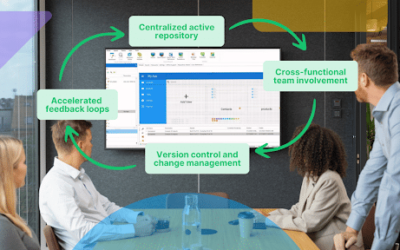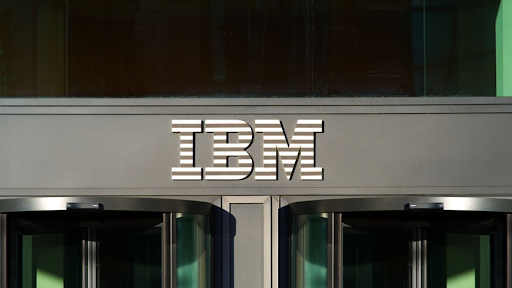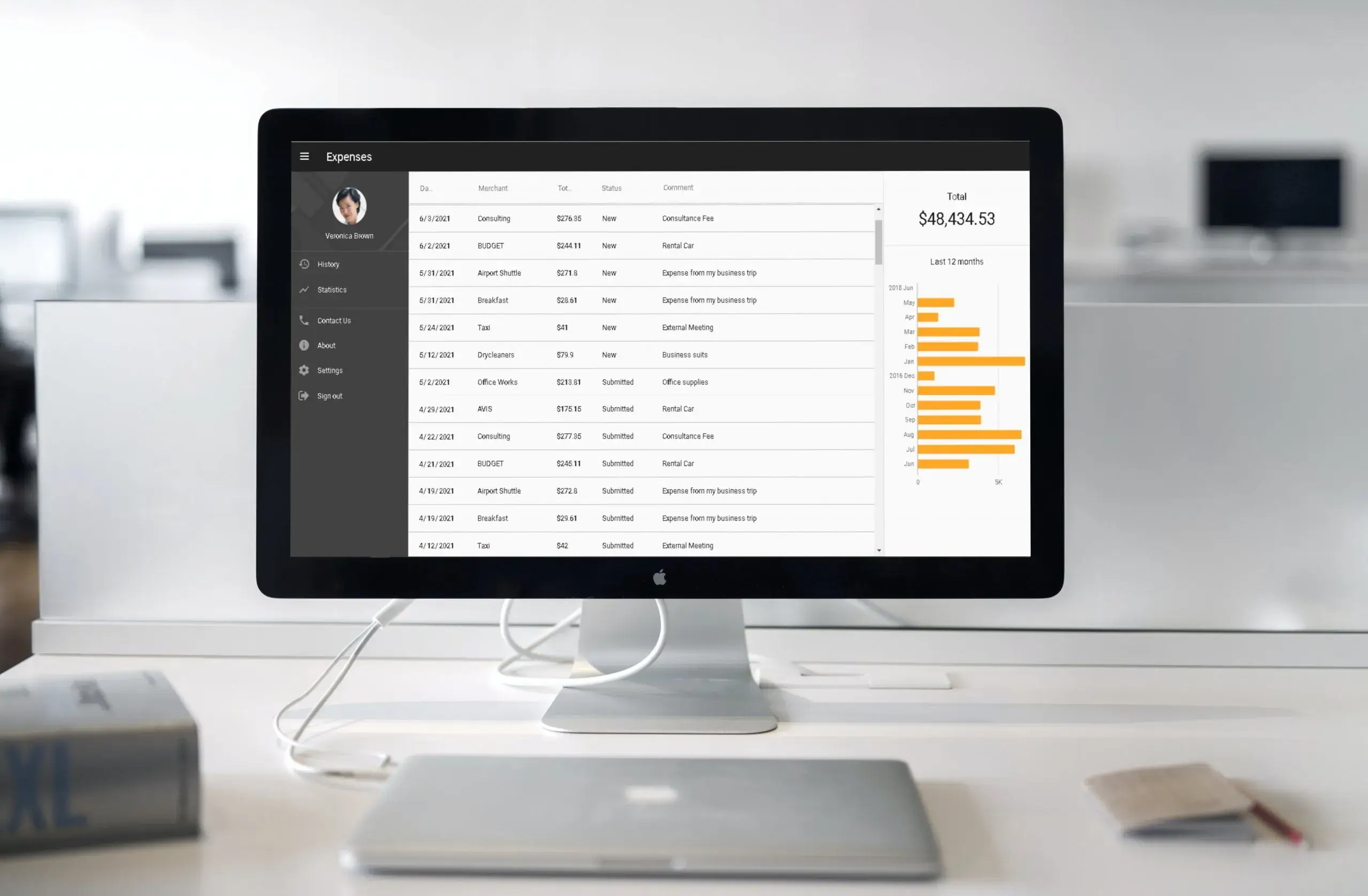It usually isn’t very difficult to tell if a company that relies on outdated IT solutions urgently needs modernization. Many straightforward symptoms make it easy to diagnose the legacy IT infrastructure problem and prescribe application modernization as a cure.
Is development productivity key to successful app modernization?
In general, the consistently declining productivity of software developers and internal IT teams is a key symptom. There are, however, many reasons why using outdated tools leads to low productivity. Legacy business applications and IT systems require increasing amounts of time and effort to maintain. Because of this, developers are too busy maintaining old applications to create and deploy new ones. At the same time, using outdated technologies restricts opportunities to innovate across the layers of your enterprise IT system.
Optimizing work processes and updating technologies for better efficiency and higher productivity is the essence of digital transformation. As a result, improving the productivity of developing and implementing IT solutions is a key objective of application modernization projects.
This is why improving development productivity is necessary if you want to maximize your ROI on application modernization and other enterprise IT infrastructure projects.
Of course, when it comes to real companies and actual business operations, boosting development productivity is a nuanced and challenging process. Simply modernizing business apps or even migrating to a new IT platform may not be enough for measurable improvement.
How can we achieve maximum productivity gains through app modernization?
Here are several experience-based recommendations on avoiding squandering the opportunity to boost the productivity of your business IT infrastructure that comes with application modernization initiatives.
Identify biggest development productivity draining factors
Right off the bat, before you even start planning application modernization projects, spend some time identifying your main development productivity drains. These are the reasons why your developers’ performance is declining despite growing expenses and staff levels. Usually, you can identify problems by analyzing your organization’s technology stack and the role of your IT solutions and processes.
In most cases, the main pain points are legacy-related. Some of the most common ones are:
- Code written in legacy programming languages such as RPG and COBOL
- An inability to implement innovative technologies for productivity gains
- Excessively complex and confusing, outdated codebases
- Similar issues related to legacy technologies
Find opportunities for development productivity gains
In the modernization project planning stage, you can use your list of productivity-draining factors to find ways to optimize your development processes for maximum gains. You can find opportunities for development productivity improvements in various areas of your business operations. These include employee morale, organizational structure, and your approach to work processes. In most cases, however, fixing problems directly related to legacy code and tools used by organizations is the way forward. In other words, switching to modern programming languages and software development technologies results in the most significant productivity gains.
Aim to minimize complexity of your IT stack
When implementing modernization projects many companies forget that simply updating software and replacing old solutions doesn’t guarantee productivity gains. The underlying goal of any application modernization project is to reduce code complexity and optimize IT infrastructure. As a result, you need to implement development approaches and tools that simplify your technology stack and business app maintenance.
Use non-technical employees for app development
When an organization needs a fast and reliable way to boost the development and implementation of new IT tools, there is often no choice but to hire more software developers and IT experts. Due to the IT talent gap, however, they are as expensive to employ as they are difficult to find. There is, however, an alternative to hiring more staff. That alternative is implementing software development tools that allow people with limited skills to build and deploy business apps. Instead of hiring more developers, companies can use their existing employees for application modernization and creating new business apps.
Take advantage of the benefits of low-code development
Low-code and no-code tools are a major trend in modern-day enterprise software development. They emerged as an attempt to solve the declining development productivity problem common in organizations relying on legacy systems. Low-code development solutions allow companies to avoid hiring more developers. Instead, they can use existing non-tech employees for the following tasks:
- New business app development
- Implementing application modernization projects in-house
- Optimizing the process of deploying and maintaining existing apps with minimum resources.
Learn more about low-code development and the different IBM AS 400 programming languages and the challenges directly linked to providing solutions and support for your organization.
Utilize Visual LANSA for application modernization and development productivity boost
Visual LANSA is a low-code, rapid application development platform for building enterprise-grade mobile, web and desktop apps. The LANSA platform is a key component in powering the successful delivery of IT-infrastructure modernization projects for hundreds of organizations. Visual LANSA allows organizations of all sizes to use existing development resources to build new apps and integrate them with other parts of their IT systems.
Using LANSA’s high-level language, you can apply the same skills to writing client-side code, server-side code, and everything in between. LANSA saves organizations the expense of hiring costly specialized software developers to deliver an application modernization project or create a new app. It allows even developers with limited skills and experience to contribute to the app creation process without worrying about the technical aspects.
LANSA also incorporates a variety of powerful tools, including several instruments created exclusively for the IBM i platform to make modernizing IBM i apps and related systems as easy as possible.
If you want to learn more about application modernization and using low-code solutions for enterprise development productivity gains, make sure to read our previous articles on this topic:
- The Next Big Thing In Low-code Platform Productivity
- How To Get The Most Productivity Out Of Low-Code Modernization
- Rapidly Accelerate Your Productivity Through Low-Code With Visual LANSA
- Leverage RPG Experience To Boost IBM i ROI And Productivity
Ready to reach a new level of development productivity?
The LANSA platform combines all the right trends in modern-day software development and digital transformation. It also helps organizations harness the power of automation and digital transformation technologies. Visual LANSA is the solution for organizations that need to implement business application modernization and data integration quickly, reliably, and with limited developer resources.
Thinking about investing in LANSA’s low-code solutions, but need to ensure they meet all your business requirements? You can get a free Proof of Concept (POC) implemented by LANSA based on your input data. Just fill out the form on our website. By the way, if you start a project before 6/31/2022 as a result of our POC, we’ll give you 20% off your purchase.
Ready to begin? Get in touch with us to start utilizing Visual LANSA for your app development and modernization needs.


























